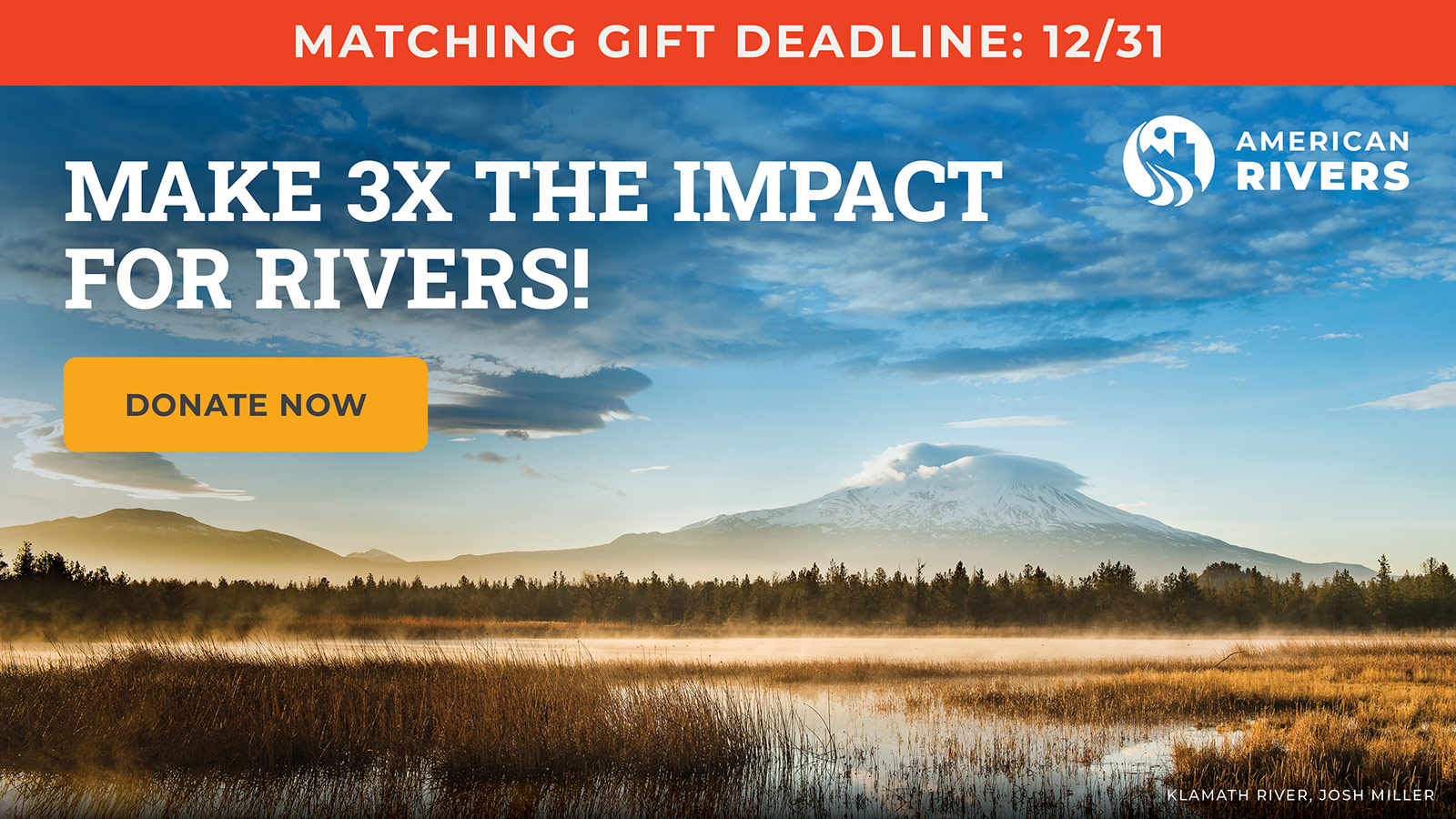Wildlife Refuge Boundary Modification Strengthens Communities in the Face of Climate Change
Waccamaw National Wildlife Refuge advances coastal resilience, habitat and recreation opportunities
November 12, 2019
Contact: Janae Davis, Winyah Bay Coordinator, American Rivers
(843) 999-0182, jdavis@americanrivers.org
Craig Sasser, Refuge Manager, Waccamaw National Wildlife Refuge
(843)527-8069, marshall_sasser@fws.gov
Communities in coastal South Carolina will benefit from innovative land protections, announced by the Waccamaw National Wildlife Refuge and partners today. Modification to the refuge’s boundary, made in collaboration with local landowners, will ensure sensitive lands are protected and able to absorb floodwaters, which are intensifying with increasingly severe storms and hurricanes. The Waccamaw National Wildlife Refuge is the first refuge in the country to use minor boundary modification as an effective approach for conservation and climate resilience.
The Waccamaw’s Minor Boundary Modification will add 6,638 acres of land that have been identified through scientific modeling as key areas to promote coastal resilience and increase wildlife and recreation management opportunities. The modification will remove 6,849 acres of land from the refuge’s current boundary that have not been acquired and no longer offer wildlife habitat, or are unavailable for acquisition.
“We applaud the Waccamaw National Wildlife Refuge for its leadership,” said Gerrit Jobsis with American Rivers. “Communities will benefit from the refuge’s vision as protected lands continue to ensure clean drinking water, safeguards against flood damage, and public access to some of the Lowcountry’s most treasured landscapes.”
Waccamaw National Wildlife Refuge Manager, Craig Sasser, and a team of service staff and key partners developed the innovative proposal to allow the refuge to modify rather than expand its boundary. Using a collaborative process called a Landscape Conservation Design, Sasser worked with American Rivers, The Nature Conservancy and Friends of Coastal South Carolina to look into every possible option for acquiring critical habitat without expanding the refuge boundary.
“We could have never accomplished this monumental effort without the support and collaboration of so many partners” said Sasser. After 10 years of arduous planning, a pilot boundary modification program was approved to move forward. An additional year was spent developing an Environmental Assessment and Land Protection Plan. Sasser and refuge partners’ hard work paid off in October 2019 when the boundary modification was approved by US Fish and Wildlife Regional Director, Leopoldo Miranda.
###


